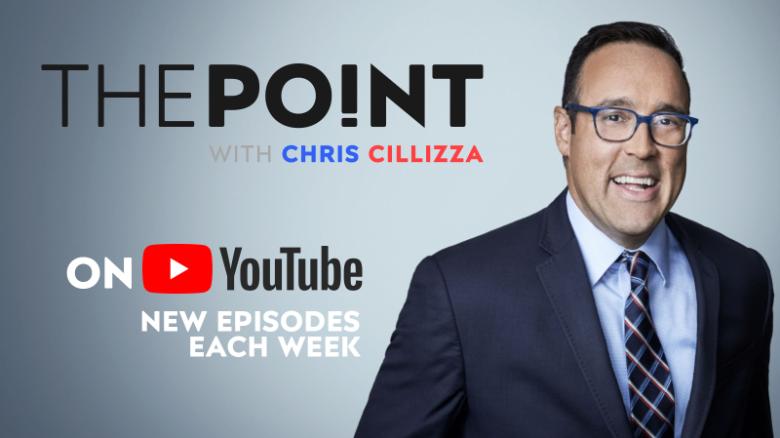Analysis: The real secret of Trump’s success revealed by his tax returns
But Trump is not, in fact, rich because of the buildings he has built. (Or the golf courses.) He is rich because he turned “Donald Trump” into a remarkably powerful marketing brand.
“While the returns show that he earned some $197 million directly from ‘The Apprentice’ over 16 years — roughly in line with what he has claimed — they also reveal that an additional $230 million flowed from the fame associated with it.
“The show’s big ratings meant that everyone wanted a piece of the Trump brand, and he grabbed at the opportunity to rent it out. There was $500,000 to pitch Double Stuf Oreos, another half-million to sell Domino’s Pizza and $850,000 to push laundry detergent.
“There were seven-figure licensing deals with hotel builders, some with murky backgrounds, in former Soviet republics and other developing countries. And there were schemes that exploited misplaced trust in the TV version of Mr. Trump, who, off camera, peddled worthless get-rich-quick nostrums like ‘Donald Trump Way to Wealth’ seminars that promised initiation into “the secrets and strategies that have made Donald Trump a billionaire.”
But what the Times report does is fundamentally undermine the case Trump made to voters in 2016 about how and why he succeeded.
Trump isn’t someone who invested in America by building buildings. Or made America great by remaking its skylines.
Instead, he is someone who took advantage of that most American of traits: Celebrity (and fame) worship. Trump’s buildings — from Trump Tower on down — and his golf courses (and his braggadocio about his buildings and his golf courses) are simply vehicles he used for his true money-making proposition: Slapping his name on things. Or more specifically, licensing his name, image and brand to companies who wanted to be adjacent to what he represented to the American public: Unapologetic, over-the-top wealth and excess.
What Trump did to make his money was sell a lifestyle — his own plane, limousines everywhere, fancy ties, expensive hotels with gold(leaf) everywhere — that many people saw as the realization of the American dream. For many, the Trump story was aspirational; he was what they wanted to be when they grew up. “Trump” became synonymous with all your wishes coming true. And brands were willing to pay Trump to for it. And he was more than willing to sell it, putting his name and face on, well, almost anything — from steaks to water to a university to laundry detergent.
And those were the credible companies! As the Times reports:
“Every dollar is disclosed for the first time: $8,768,330 paid to him by ACN, a multilevel marketing company that was accused of taking advantage of vulnerable investors; $50,000 from the Lifetime channel for a ‘juicy nighttime soap’ that never materialized; $5,026 in net income from a short-lived mortgage business; and $15,286,244 from licensing his name to a line of mattresses.”
“Trump” may have stood for wealth, excess and the American dream for lots of people. But the Trump behind the name was anything but that sort of success story.
![]()



